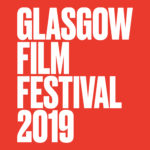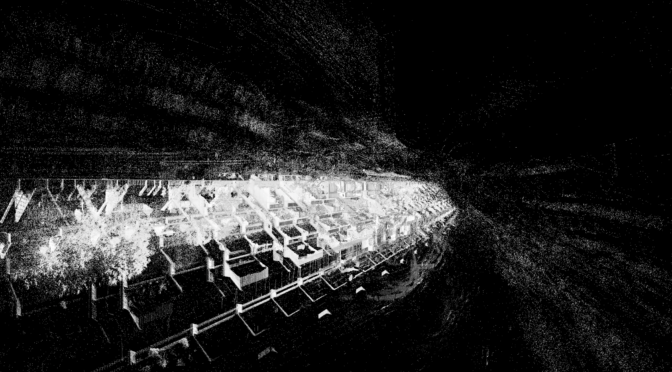 DARK LIGHT, presented by Alchemy Film and Moving Image Festival as part of Glasgow Film Festival, showcased a collection of short videos by experimental filmmaker and artist Anouk De Clercq. She works entirely in black and white, focussing on points of light within an expanse of darkness. In the Q&A which followed the programme, she responded to several questions about her work, saying that she has never used full colour and is often frustrated by the impossibility of projecting and viewing true, dark, black.
DARK LIGHT, presented by Alchemy Film and Moving Image Festival as part of Glasgow Film Festival, showcased a collection of short videos by experimental filmmaker and artist Anouk De Clercq. She works entirely in black and white, focussing on points of light within an expanse of darkness. In the Q&A which followed the programme, she responded to several questions about her work, saying that she has never used full colour and is often frustrated by the impossibility of projecting and viewing true, dark, black.
The opening film, IT (2017), begins with darkness and near silence We hear the relaxing sounds of a forest, and then words appear on screen to create an unspoken dialogue. The film is loosely focused on the impossibility of life without light. Slowly the camera moves through a leafy forest, trees loom out across the camera, bearing a resemblance to Tarkovsky’s IVAN’S CHILDHOOD. Eventually you notice small pinpoints of light dancing like fireflies in the gloom, then the shot changes to a circle of dull light with a brighter light moving across it, almost like an eyeball. IT differs from the other films in the program by incorporating alternative levels of light and dark, and also featuring real, relatable images.
THING (2013), on the other hand, is created solely from black and white. De Clercq says the film came to her when she met an architect who, when he couldn’t sleep, would lie down on the floor and project films onto the ceiling. The film is created using software which bounces hundreds of lasers off surfaces to construct a 3D image, something which architects use to test building plans. The effect is more like stripped back augmented reality rather than any kind of narrative film or character experience.
THING depicts a world created from one character’s dreamlike imagination. A voiceover speaks a monologue which languidly discusses ideas of space, reality and impermanence. The viewer traverses an imagined city which is never quite shown in its entirety; as soon as you identify a recognisable object, the perspective changes or the object dissolves.
OOPS WRONG PLANET (2009) uses the same technology but with a more whimsical concept. At first the points of light look like static on an old television, but eventually rearrange themselves into shifting pictures of sand dunes or hills, using shadows and light to create familiar images.
BUILDING (2003) again focuses on architecture by capturing the way light interacts with a building. The film merges recognisable things like stairs and pillars with blocks of light that appear and fade without context. There is always a sense that the light is moving through the building, as if time is passing rapidly and the sun is dawning and setting, over and over. The sounds are discordant and create a tactile impression that works well with the idea of space.
When watching De Clercq’s films the mind does tend to wander; her work is slow and dense. She clearly enjoys playing with light, space and the crossover between reality and dreams. Her art manifests in an amalgamation of recognisable forms and confusion, in worlds where sound is forefront, and everything is in a constant state of movement and transformation.
Thing (extrait), Anouk De Clercq, 2014 from La Bande Vidéo on Vimeo.

